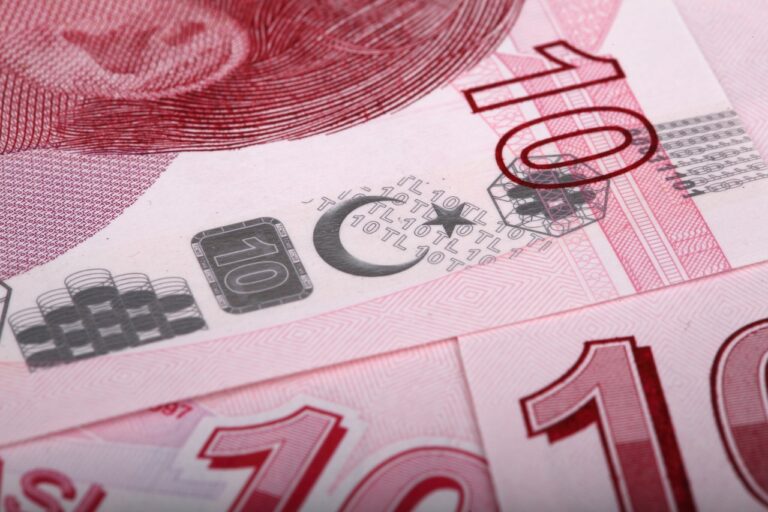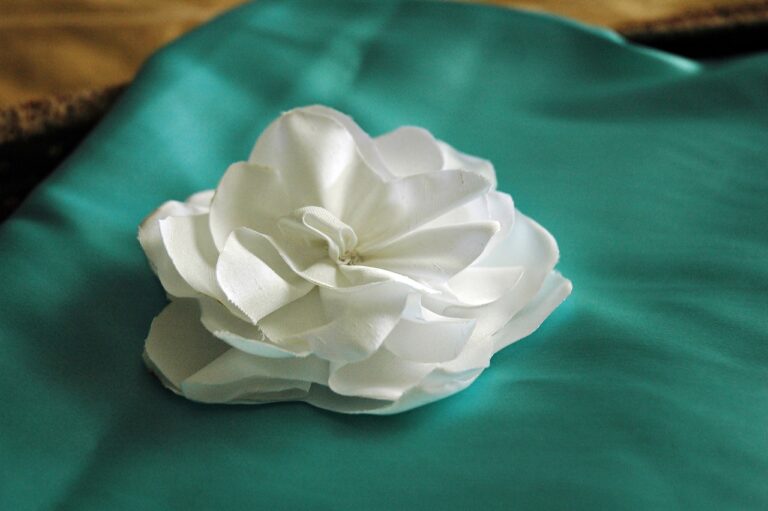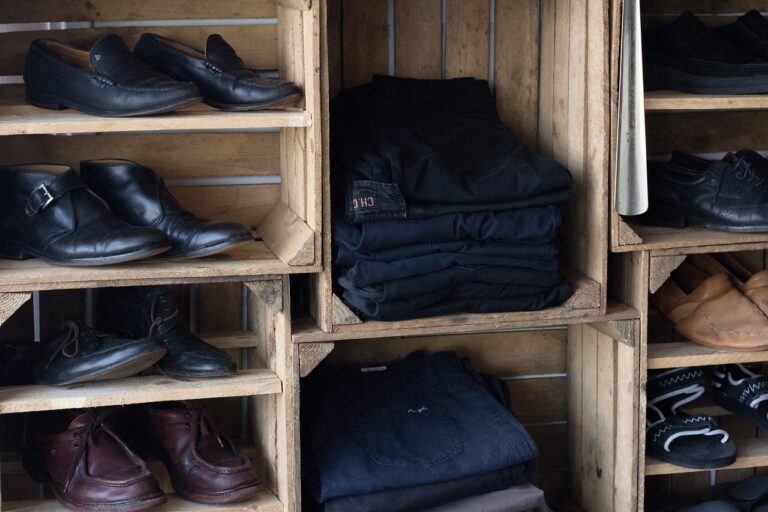Exploring the Trend of Slow Fashion: Quality Over Quantity
Slow fashion and fast fashion are two contrasting approaches within the fashion industry. Slow fashion emphasizes quality, sustainability, and longevity, focusing on well-made garments that are meant to last for years. In contrast, fast fashion prioritizes rapid production cycles, trends, and low prices, often resulting in lower quality and short-lived clothing items.
One of the key differences between slow fashion and fast fashion lies in their production processes. Slow fashion brands typically employ ethical practices, such as fair wages for workers, environmentally-friendly materials, and mindful production techniques. On the other hand, fast fashion brands often rely on mass production, cheap labor, and synthetic materials to quickly churn out trendy items for the consumer market.
The Rise of Sustainable Fashion Brands
Sustainable fashion brands are gaining traction in the industry due to increased awareness about environmental and social issues. Consumers are becoming more mindful of the impact their clothing choices have on the planet, leading to a shift towards sustainable and ethical practices in fashion production. Brands that prioritize sustainability not only focus on eco-friendly materials but also on fair labor practices, supporting a more equitable industry.
In addition to their environmentally conscious approach, sustainable fashion brands often prioritize quality and longevity in their products. By producing well-crafted clothing with timeless designs, these brands encourage consumers to invest in pieces that will last beyond fleeting trends. This shift towards sustainable fashion not only benefits the planet but also promotes a more mindful and deliberate approach to dressing that values durability and timeless style over fast-paced consumerism.
Benefits of Investing in Quality Clothing
Quality clothing may come with a higher price tag initially, but the long-term benefits far outweigh the initial investment. Durability is a key advantage of quality clothing, as well-made pieces are constructed to withstand the test of time and multiple wears without significantly deteriorating in quality. This means that you won’t have to frequently replace these items, saving you money in the long run.
Moreover, investing in quality clothing also contributes to a more sustainable approach to fashion consumption. By choosing well-made garments that are designed to last, you are reducing the amount of textile waste generated by fast fashion cycles and ultimately decreasing your environmental impact. Additionally, quality clothing tends to be made from higher-quality materials and produced under better working conditions, supporting more ethical practices within the fashion industry.





